I have the following Sallen & Key lowpass filter:
$$T(s)=\frac{\frac{1}{R_1R_2C_1C_2}}{s^2+(\frac{1}{C_1R_1}+\frac{1}{C_1R_2})s+\frac{1}{R_1R_2C_1C_2}}$$
The parameters values are $$R_1=10 k\Omega$$ $$R_2=10 k\Omega$$ $$C_1=150 nF$$ $$C_2=1.65 nF$$
This allowed me to calculate the quality factor, the low-frequency gain, and the poles frequency.
$$T_0=1$$ $$Q_p=4.77$$ $$f_p=1011.66 Hz$$
My question now is: how can I experimentally determine this values using the oscilloscope? Is there any way to do it?
